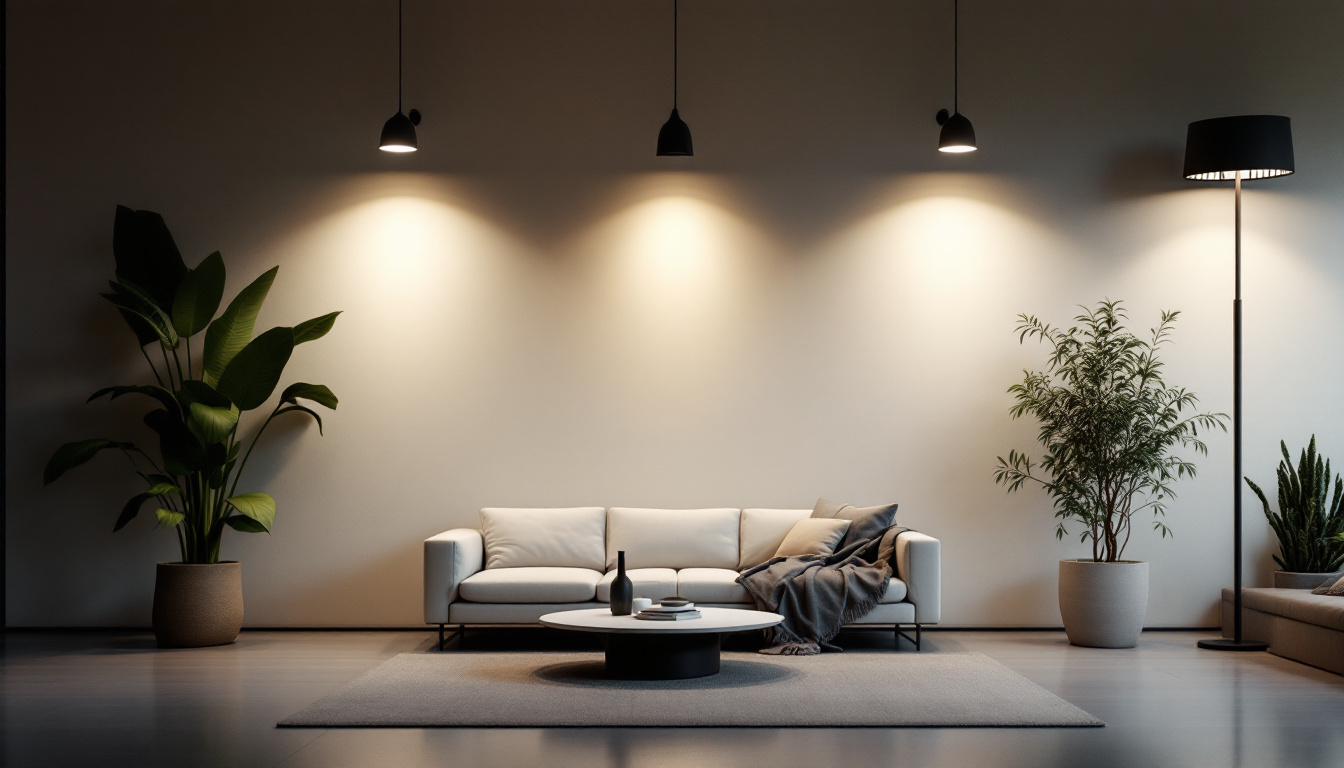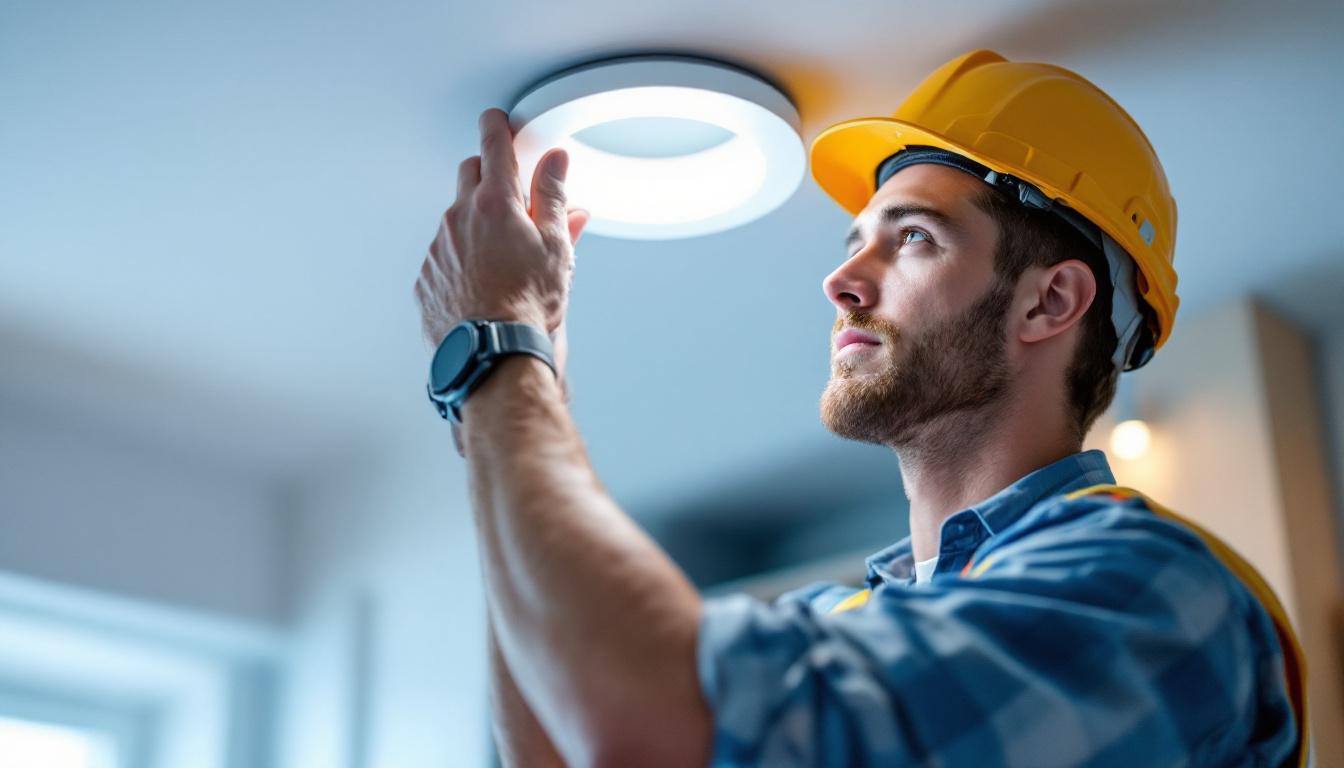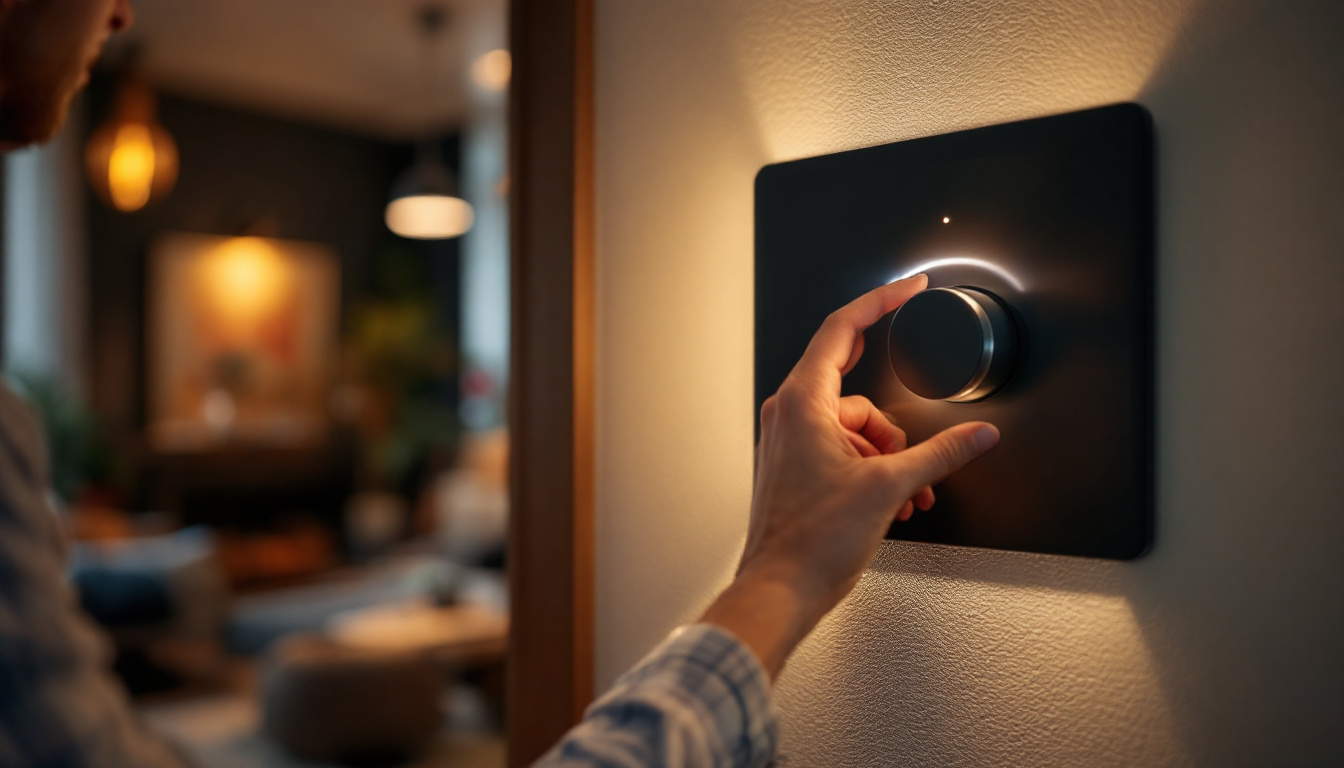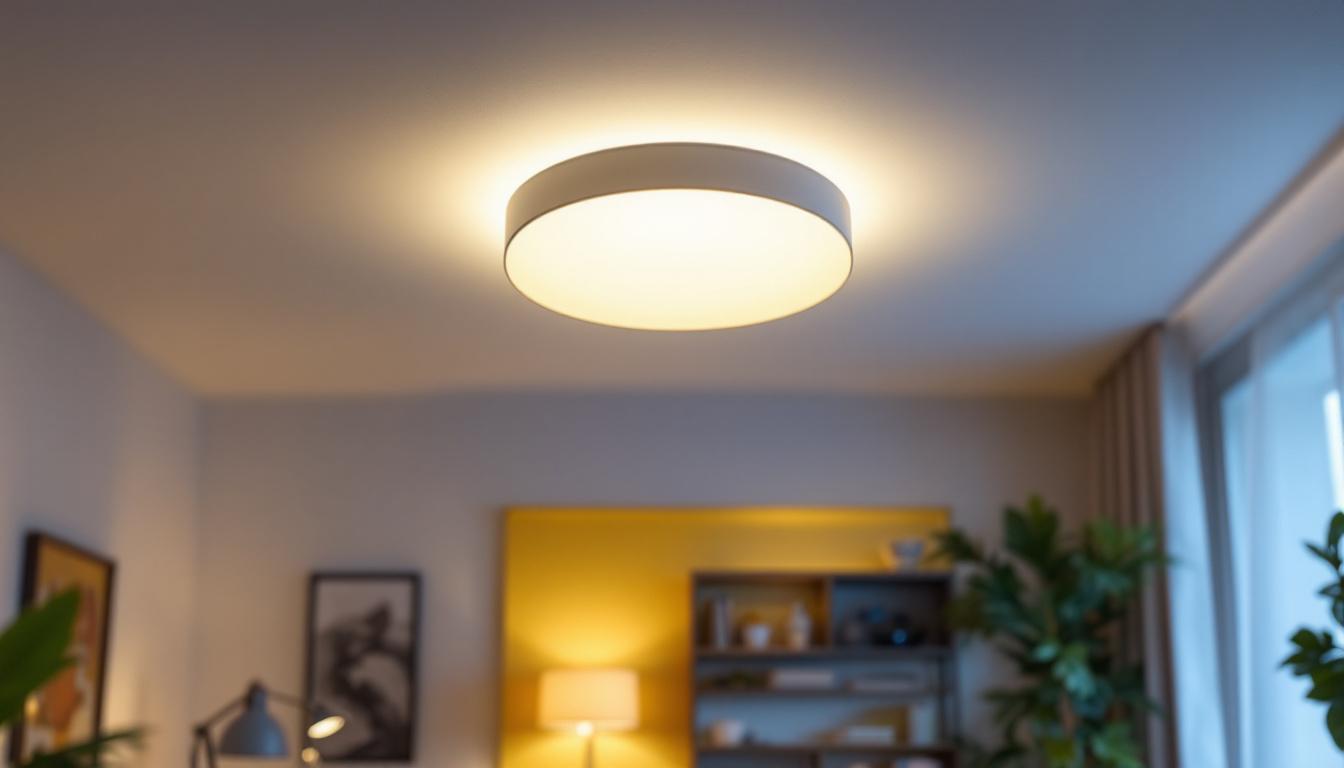
canned lights, also known as recessed lights, have become a staple in modern lighting design. These fixtures offer a sleek, unobtrusive way to illuminate spaces, making them a favorite among homeowners and designers alike. For lighting contractors, understanding the nuances of canned lights is essential for successful installations and satisfied clients. This article delves into the essential facts about canned lights, covering their types, installation techniques, and best practices.
Canned lights are fixtures that are installed into the ceiling, providing a clean look while delivering effective lighting. They are designed to be recessed into the ceiling, allowing the light to shine downward without the fixture being visible. This design not only saves space but also enhances the aesthetic appeal of a room. The versatility of canned lights makes them suitable for various settings, from cozy living rooms to bustling commercial spaces, ensuring that they can meet the diverse needs of different environments.
Moreover, the installation of canned lights can contribute to a sense of spaciousness in a room. By eliminating bulky fixtures that hang down from the ceiling, these lights create a streamlined look that can make lower ceilings feel higher and more open. This is particularly beneficial in smaller spaces where maximizing visual area is essential. Additionally, the ability to use dimmer switches with canned lights allows for adjustable ambiance, making it easy to transition from bright task lighting to softer, more relaxing illumination as needed.
There are several types of canned lights available on the market, each suited for different applications. The most common types include:
Each type serves a unique purpose, and understanding these differences can help contractors make informed decisions when recommending fixtures to clients. For instance, adjustable canned lights not only provide flexibility in lighting direction but also allow for creative lighting designs that can transform a room’s atmosphere. In contrast, shower canned lights come with added moisture protection, ensuring safety and durability in spaces where humidity levels are higher, thus extending the lifespan of the fixtures.
When selecting canned lights, several key features should be considered to ensure optimal performance and satisfaction:
Additionally, the color temperature of the light source is an important consideration. Ranging from warm white to cool daylight, the color temperature can dramatically affect the mood of a room. Warmer tones create a cozy and inviting atmosphere, while cooler tones can promote alertness and focus, making them ideal for workspaces. Furthermore, energy efficiency ratings, such as those provided by ENERGY STAR, should be evaluated to ensure that the selected fixtures not only meet aesthetic needs but also contribute to lower energy bills and environmental sustainability.
Proper installation of canned lights is critical to achieving the desired lighting effect and ensuring safety. The installation process may vary based on the type of fixture and the specific requirements of the project.
Before installation, careful planning is essential. This includes determining the layout of the lights, ensuring adequate spacing between fixtures, and considering the overall lighting design of the space. A common recommendation is to space lights approximately 4 to 6 feet apart, depending on the ceiling height and the desired light intensity.
Additionally, contractors should verify that the ceiling structure can support the weight of the fixtures and that there is sufficient access for wiring and electrical connections. A thorough assessment of these factors can prevent issues during installation.
The installation of canned lights generally follows these steps:
While installing canned lights, contractors may encounter various challenges. Some of the most common issues include:
In today’s environmentally conscious market, energy efficiency is a significant consideration for lighting contractors. Canned lights, particularly those using LED technology, offer excellent energy-saving benefits.
LED canned lights consume significantly less energy than their incandescent or halogen counterparts. They also have a longer lifespan, which reduces the frequency of replacements and maintenance costs. This makes them an attractive option for both residential and commercial applications.
Moreover, many LED fixtures are now available with adjustable color temperatures, allowing users to customize the ambiance of their spaces. This versatility can enhance the appeal of a project and meet diverse client needs.
Many regions offer incentives or rebates for the installation of energy-efficient lighting solutions. Contractors should stay informed about local programs that encourage the use of LED technology. Not only does this help clients save money, but it also positions contractors as knowledgeable professionals who prioritize sustainability.
When incorporating canned lights into a design, several aesthetic and functional considerations should be taken into account. The right design can elevate a space and create a welcoming atmosphere.
Layered lighting is a design technique that combines different types of lighting to create a balanced and functional environment. Canned lights can serve as general lighting, while accent and task lighting can be integrated to enhance specific areas.
For instance, using canned lights in conjunction with pendant fixtures or wall sconces can create a dynamic lighting scheme that highlights architectural features and provides ample illumination for various tasks.
Installing dimmer switches for canned lights can greatly enhance the versatility of a space. Dimmers allow users to adjust the brightness according to their needs, whether it’s for a cozy evening or a bright, productive day. This flexibility can be a selling point for clients looking to maximize their lighting options.
Even with proper installation, maintenance and troubleshooting are essential aspects of working with canned lights. Understanding common issues can help contractors address problems quickly and efficiently.
Regular maintenance of canned lights involves checking for dust accumulation and ensuring that all connections remain secure. Dust can diminish the effectiveness of the fixtures, so a simple cleaning can improve performance.
Additionally, contractors should advise clients on the importance of replacing bulbs as needed and checking for any signs of wear or damage to the fixtures.
Contractors should be prepared to troubleshoot common issues, such as:
Canned lights are an essential component of modern lighting design, offering versatility, energy efficiency, and aesthetic appeal. For lighting contractors, understanding the various types, installation techniques, and maintenance practices associated with these fixtures is crucial for delivering exceptional service to clients.
By staying informed about the latest trends and technologies in canned lighting, contractors can enhance their expertise and provide valuable recommendations that meet the diverse needs of their clientele. Whether it’s a residential project or a commercial installation, the knowledge of canned lights can elevate the quality of work and ensure client satisfaction.
Ready to take your lighting projects to the next level? Choose LumenWholesale for an unparalleled selection of canned lights that blend seamlessly into any design, offering the energy efficiency and aesthetic appeal your clients demand. As a dedicated partner to lighting contractors, we provide spec-grade lighting products at wholesale prices that can’t be beaten. Say goodbye to middleman markups and hello to high-performance lighting with free shipping on bulk orders. Elevate your service offerings and delight your clients with the quality, affordability, and convenience of Wholesale Lighting at the Best Value. Discover the LumenWholesale difference today!

Explore the advantages and drawbacks of using recessed light rings in your projects.

Discover innovative cost-saving strategies for lighting contractors using dimmable lighting solutions.

Discover expert insights from lighting contractors on choosing and installing 6-inch LED ceiling lights.

Discover why lighting contractors should prioritize solar yard lights in their projects.